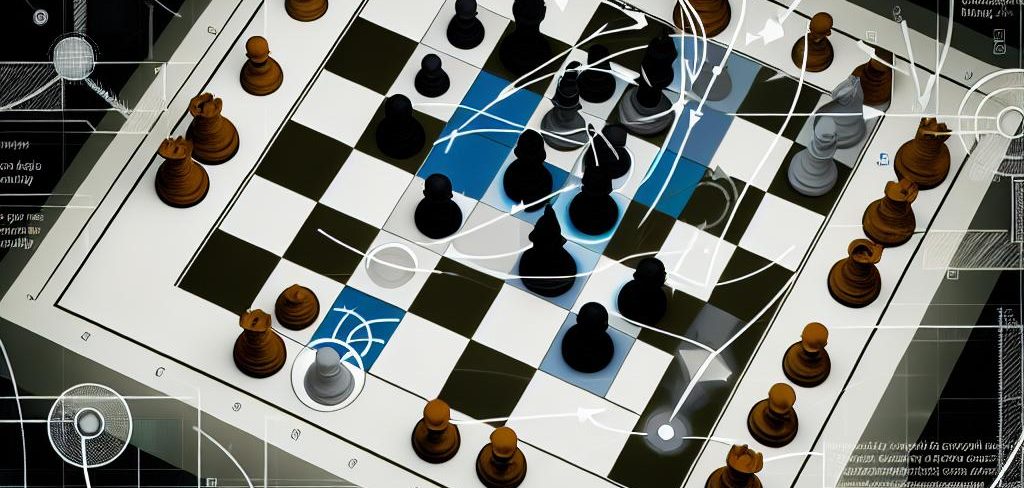The Role of the King in Chess Endgames
In the intricate and strategic game of chess, the endgame stage comprises a unique period where the role of the king shifts quite remarkably. Traditionally, during the opening and middle game phases, the king is primarily seen as a piece that requires protection, largely playing a defensive role. However, this perception evolves significantly during the endgame. In this crucial stage, the king steps out from behind its protective ranks to emerge not just as a critical player but as a potentially powerful attacking piece. Gaining a better appreciation for the king’s activity during the endgame is essential, as it can majorly influence the ultimate outcome of the game.
The King as an Active Participant
During endgame scenarios, especially those characterized by a reduced number of pieces, the king’s role changes from a passive observer to that of an engaged participant capable of swaying the game’s conclusion. As the board becomes less cluttered with pieces, the inherent dangers tied to having the king move into more open spaces diminish accordingly. This evolution provides an opportunity for the king to showcase its inherent strength, predominantly through its innate capacity to control critical squares and bolster the further advancement of pawns.
Dominating Space
An actively engaged king holds the ability to influence a substantial portion of the board, effectively exercising dominion over space. This capability becomes particularly crucial within the context of pawn endgames. In such scenarios, the king aids its own pawn structure by creating and reinforcing blockades against advancing opponent pawns. Resultantly, it sets up favorable scenarios such as the creation of passed pawns, maneuvering enemy pieces into suboptimal positions, or commandeering decisive squares on the board.
The Concept of Opposition
Opposition is a central theme in the realm of pawn endgames, frequently showcasing direct confrontations between opposing kings. The king that successfully maintains opposition gains a tangible strategic advantage. It wields influence over the opposing king’s available movement, dictating which sections of the board can be accessed. Employing this strategic maneuver becomes crucial in developing advanced passed pawns, securing advantageous captures, and ultimately orchestrating conditions that leave the opponent in a negative position relative to theirs.
Leveraging King Activity in Specific Endgames
The approach to utilizing the king’s activities varies based on the specific type of endgame and the remaining material on the board. For illustration, in rook endgames, cooperation, and coordination with the rook is essential. The king ideally advances to strategic points on the board to constrain the opponent’s king while aiding in the promotion of pawns. Similarly, within bishop or knight endgames, the king’s mission involves securing pivotal squares, capitalizing on minor pieces’ abilities, pushing pawns forward, or launching attacks on isolated opposing pawns.
The Importance of Timing
Though advancing the king is a key strategic action, timing and sound judgment are imperative. Premature movements could expose the king to tactical vulnerabilities such as checks or skewers from the pieces left on the board. Consequently, players must thoughtfully assess when reduced threat levels harmonize with strategic requirements, ensuring that the king’s activity reaches its full potential in maximizing endgame advantages.
Endgame Studies and Practical Play
Engaging in the study of classic endgame positions offers players a substantial advantage in understanding king activity better. These studies shed light on standard tactics and positions that exemplify the king’s vital role during the endgame stage. Equipped with this knowledge, players can anticipate their moves better, creating opportunities to capitalize on their king’s potential during practical play.
For those looking to deepen their understanding of chess endgames, an abundance of resources is readily available online. These platforms delve deeply into different scenarios and teach methods to enhance king activity effectively. One such resource, for example, is found on chess education websites where lessons are extensively covered. Detailed information can be accessed here for interested learners.
In conclusion, the king’s activity in endgames frequently stands as a decisive factor determining the game’s result. Its ability to forge command over the board, offer crucial support to advancing pieces, and establish advantageous strategic stances can fundamentally alter the game’s landscape. Recognizing optimal moments to initiate king movements can adeptly transform the playing strategy from a defensive posture to one that asserts dominance and works toward achieving victory. The mastery of these aspects solidifies a player’s transition from merely safeguarding the king to leveraging it as an assertive, game-winning tool that dictates success on the board.



